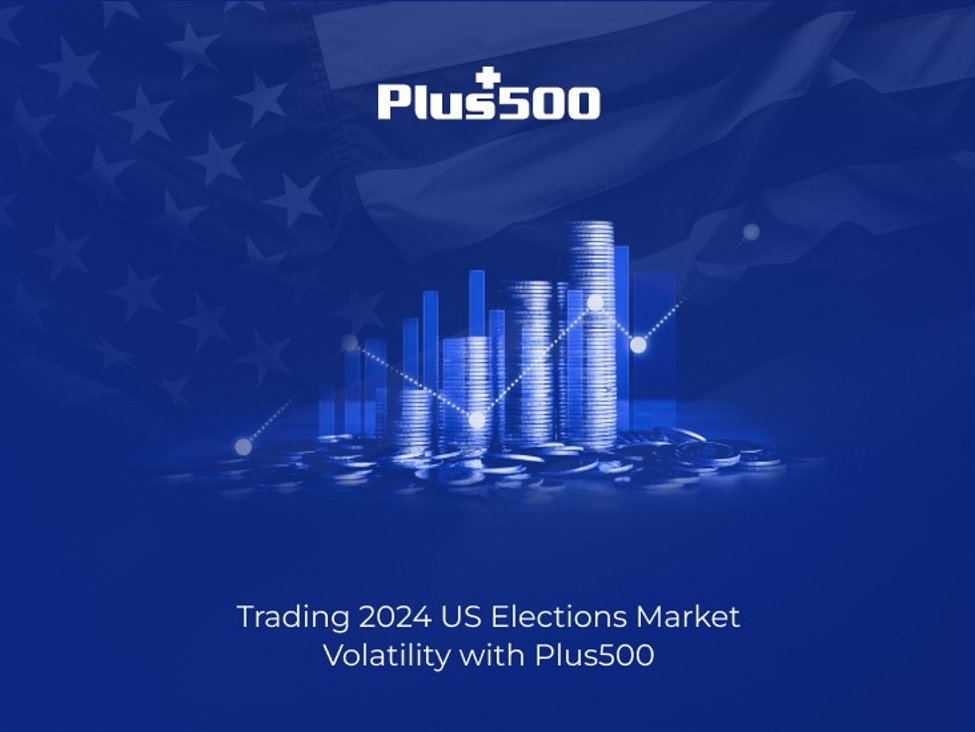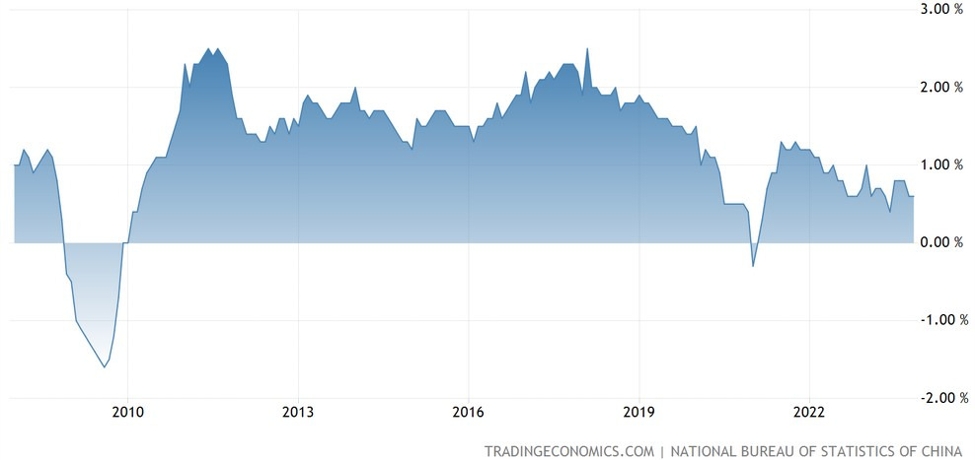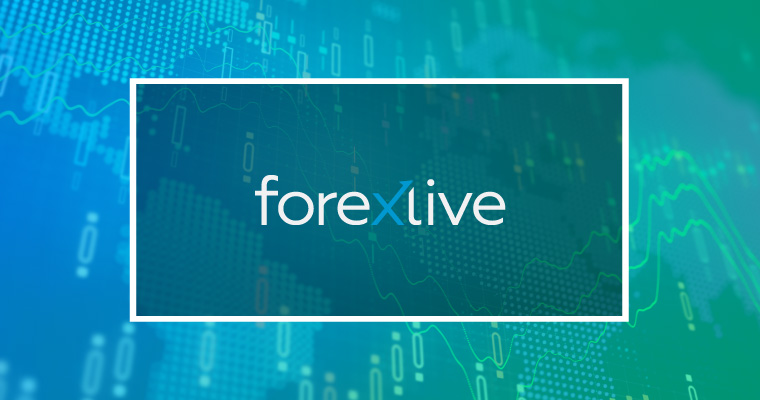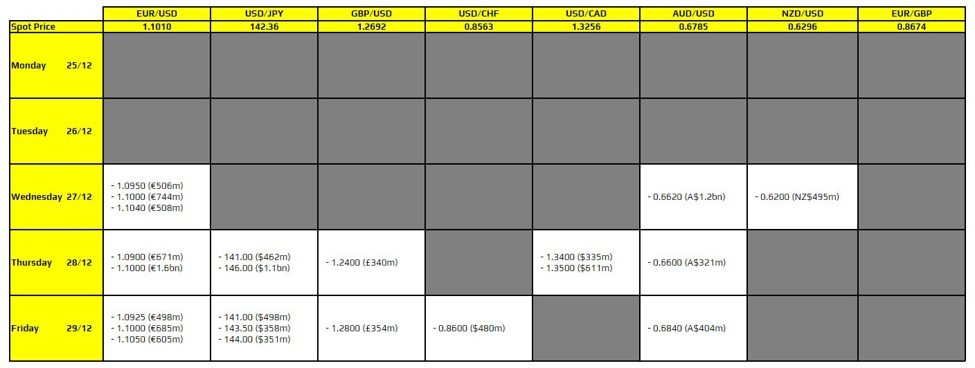All eyes will be on the United States on Tuesday, 5 November 2024, as the world awaits the outcome of the contest between Kamala Harris and Donald Trump. With the countdown clock to the 2024 US elections beginning to tick down towards polling day, markets are starting to brace themselves for what is yet to come.
Key Volatility Factors
The sharp differences between Harris’ and Trump’s policy platforms are creating an atmosphere of market volatility, as investors may be unsure which sectors stand to be affected by the outcome of this neck-and-neck race.
Beyond the presidency, control of Congress—both the House and Senate—plays a crucial role in determining policy outcomes and potential market reactions. Historically, markets have trended upward across presidential terms, yet analysts suggest that a divided government, where different parties control the presidency and Congress, may be optimal for market stability.
Understanding underlying market dynamics is crucial for those entering the online trading arena, and as the U.S. election on 5 November approaches, market volatility is reaching new heights, creating both risks and opportunities for traders. To help navigate this turbulent landscape, Plus500 offers a wealth of resources through its Trading Academy, including US election webinars, tutorials, eBooks, analysis, and up-to-date news articles.
These tools equip traders with the knowledge to better understand market dynamics and the potential impact of political developments on their trading strategies. In this uncertain environment, well-informed traders who grasp key concepts and trends might be better-placed to adapt to sudden price movements that could arise from unexpected election outcomes, although results are never guaranteed with trading.
The Economic Issues Driving the 2024 Election
The 2024 U.S. elections bring critical economic issues to the fore, with tax, trade, and energy policies as central themes. Donald Trump has proposed further corporate tax cuts to stimulate growth, particularly in manufacturing, energy, and technology, which may boost equity markets in the short term, but could increase federal deficits. Kamala Harris, on the other hand, supports targeted tax incentives for green sectors while proposing higher corporate taxes for social initiatives, potentially boosting clean energy stocks but affecting traditional sectors.
On trade, Trump has revived his stance on tariffs, particularly towards China, aiming to promote domestic industries. This could benefit U.S. manufacturing but may disrupt tech and consumer goods reliant on international supply chains. Harris’s approach, while less aggressive, would aim for targeted tariffs, supporting U.S. interests without risking extensive trade conflicts, which could stabilise sectors sensitive to global markets.
Energy policy reflects another stark partisan contrast. Trump advocates for expanding fossil fuel production to reduce energy costs and inflation, which would likely favour traditional energy stocks. Harris’s clean energy approach seeks to boost renewables like solar and wind, supporting sustainability-focused sectors, although it may come with initial cost implications for energy markets.
Potential Market Risks: Volatility, Fed Policy, and Foreign Relations
Market volatility could increase with trade and energy policy shifts, especially if Trump’s proposed tariffs amplify tensions with China. Retaliatory tariffs could hurt agriculture and technology exports, heightening risks in indices tied to these sectors. In contrast, Harris’s more moderate approach might result in steadier markets, benefiting industries with international exposure.
Monetary policy remains critical, with Trump favouring lower rates to spur growth, risking inflation if the Federal Reserve complies. Harris supports the Fed’s independence, suggesting more stable monetary policy with potential benefits for long-term economic stability.
Foreign relations also play a role, particularly concerning China and other trade partners. Trump’s tariff plans could heighten international tensions, whereas Harris’s approach is seen as less confrontational, benefiting multinational corporations and stabilising revenue streams from abroad, particularly in tech and healthcare.
Markets Affected by the US Election
In addition to concrete economic sectors that are seeing the impact of election season volatility, certain corners of the market are seeing ups and downs as well:
Forex & USD
The US dollar’s performance has fluctuated under different administrations, and the stakes are high this time around. A Republican victory could send the dollar soaring, fuelled by aggressive trade policies and rising interest rates, potentially strengthening it against the euro. On the flip side, if a Democrat takes the helm, analysts predict a softer dollar due to reduced fiscal expansion and declining real interest rates, which could benefit the euro in the EUR/USD pair. As election day approaches, volatility could be heightened, including on platforms like Plus500.
Commodities
The commodities market is already making waves. Rising geopolitical tensions, especially in the Middle East, are already influencing oil prices, and any further escalations could tighten supply routes like the Strait of Hormuz, potentially driving oil prices up sharply. Precious metals, traditionally seen as safe havens, may attract risk-averse investors amid election uncertainty. If policies post-election signal heightened government spending or inflation concerns, metals like gold and silver could see increased demand, reinforcing their role as hedges in uncertain times.
Trading Election-Related Indices with Plus500
With all of the aforementioned shifts underway, there are unique opportunities to trade on the shifting political landscape through OTC products on specific indices available on Plus500. Notably, these indices reflect the anticipated impact of party control on various sectors, enabling diverse trading strategies.
● The US Democrats in Power Index (BUDIPI) tracks companies poised to thrive under Democratic governance. This index is weighted by Free-Float Market Capitalization, meaning larger companies have a greater influence. Investors can look to sectors such as clean energy, healthcare, and technology, which are expected to benefit from policies likely to be enacted by a Democratic administration.
● Conversely, the US Republicans in Power Index (BURIPI) focuses on firms that are projected to gain from Republican leadership. The BURIPI index encompasses companies in the energy, defence, and financial sectors, reflecting potential tax cuts, deregulation, and increased military spending that could arise from a Republican victory.
● Additionally, traders can explore the Trumpnomics Index (BTRUIN), which specifically tracks businesses that may flourish under former President Trump’s economic policies. This index captures the performance of companies in industries such as fossil fuels, manufacturing, and infrastructure, which Trump has historically supported.
Riding the Volatility Wave
In the build-up to polling day, the potential for market volatility presents exciting trading opportunities as well as accompanying risks. With access to a wide range of OTC instruments and learning resources, Plus500 equips traders to potentially better navigate the uncertainties and ride the waves of uncertain global markets.
About Plus500
Plus500 is a global multi-asset fintech group operating proprietary technology-based trading platforms. Plus500 offers customers a range of trading products, including OTC (“Over-the-Counter” products, namely Contracts for Difference (CFDs)), share dealing, as well as futures and options on futures.
The Group retains operating licences and is regulated in the United Kingdom, Australia, Cyprus, Israel, New Zealand, South Africa, Singapore, the Seychelles, the United States, Estonia, Japan, the UAE and the Bahamas and through its OTC product portfolio, offers more than 2,500 different underlying global financial instruments, comprising equities, indices, commodities, options, ETFs, foreign exchange and cryptocurrencies. Customers of the Group can trade its OTC products in more than 60 countries and in 30 languages.
Plus500’s trading platforms are accessible from multiple operating systems (iOS, Android and Windows) and web browsers. Customer care is, and has always been, integral to Plus500. As such, OTC customers cannot be subject to negative balances. A free demo account is available on an unlimited basis for OTC trading platform users and sophisticated risk management tools are provided free of charge to manage leveraged exposure, and stop losses to help customers protect profits, while limiting capital losses.
Plus500 shares have a premium listing on the Main Market of the London Stock Exchange (symbol: PLUS) and are a constituent of the FTSE 250 index. https://www.plus500.com/.















